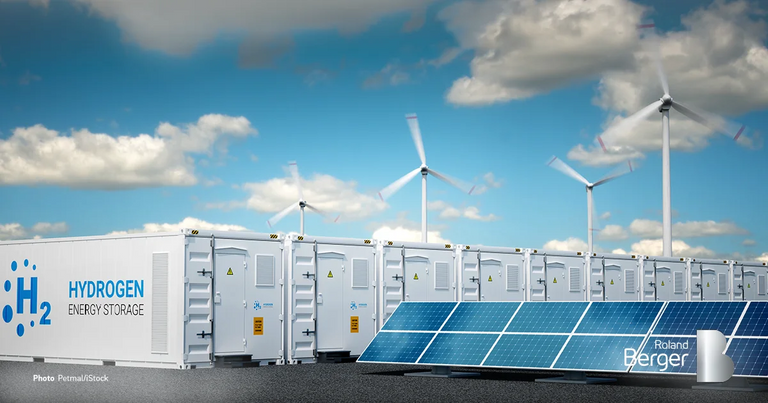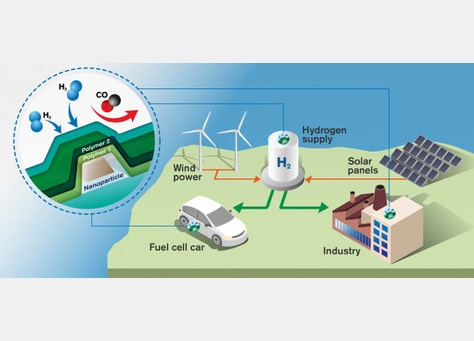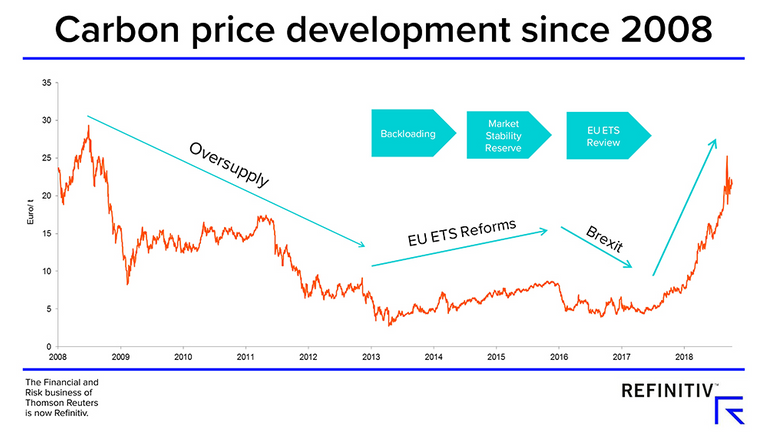
- In a recent speech to the European parliament, the European Commissioner for Energy (Kadri Simson) said that “hydrogen will be a central element in the energy system integration strategy that the European Commission will present in June”
- She indicated that by linking previously separate energy systems, the Commission could enable a more efficient energy system overall – for instance by using excess renewable electricity to create green hydrogen for use later.
- This is seen as a key enabler for hard to decarbonise sectors like heavy industry & transport
- Commentators have also linked the push by the EU into hydrogen with moves to accelerate development of Carbon Capture & Storage (CCS), which would allow production from traditional fossil fuels via so called blue hydrogen.
How does Hydrogen could help the energy grid?

Analysis and Comments

- To be fair to Ms Simson, the bulk of her speech (which can be found here) was actually given over to less controversial measures such as energy efficiency in buildings & renewable energy including off shore wind.
- It’s not clear exactly what it is that the European Commission is going to propose in June.
- It seems that some countries (such as the Netherlands) are keen to create a European wide market for hydrogen “ as soon as possible”. This seems to be focused on grey hydrogen – produced from natural gas combined with CCS - to make a bridge to green hydrogen in around a decade or so.
- This is a topic that our various research teams have written on extensively. The EU carbon price is key to many of these technologies being economically viable.
- Already mature technologies/processes will provide the deep emissions reduction required by the most highly carbon-intensive sectors.
- These include steam methane reformation (SMR), coal gasification and partial oxidation of oil – so basically traditional extraction of hydrogen from fossil fuels.
Some companies make very good profits on European Carbon Credits

You don't want to miss a Crypto news?
Proud member of:












Thanks :)